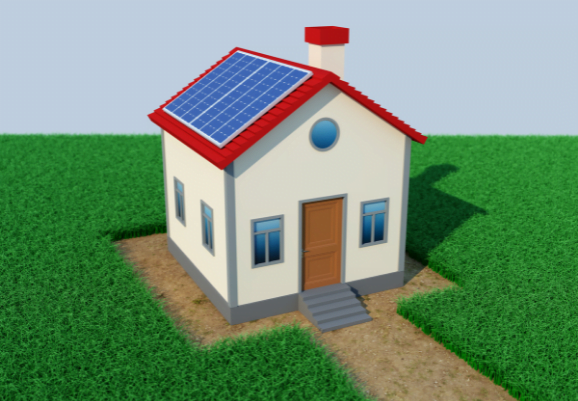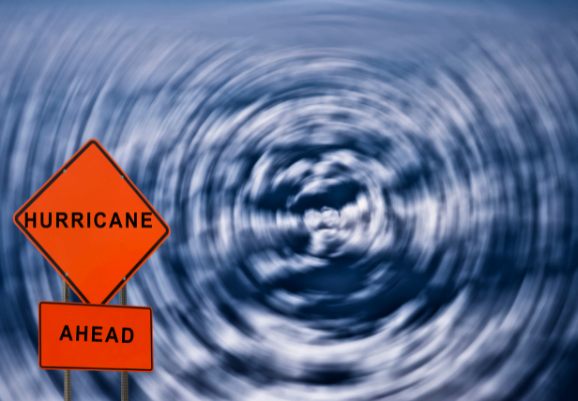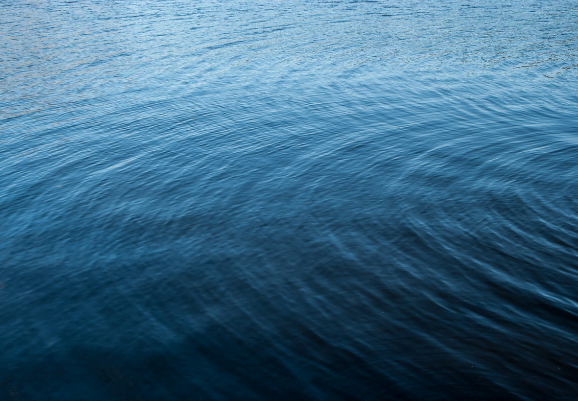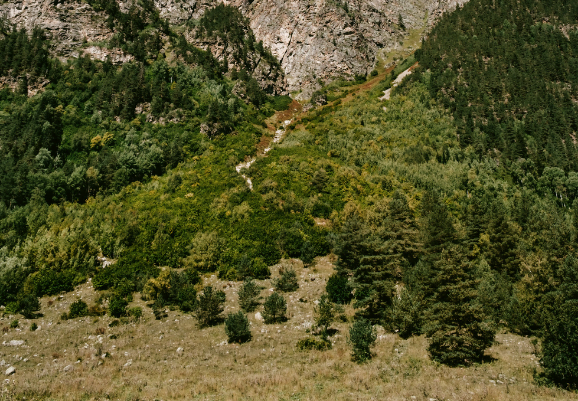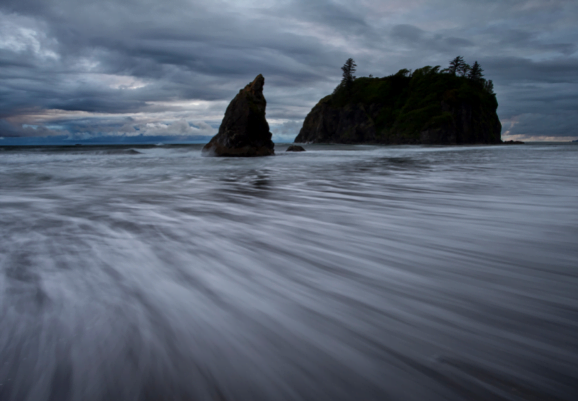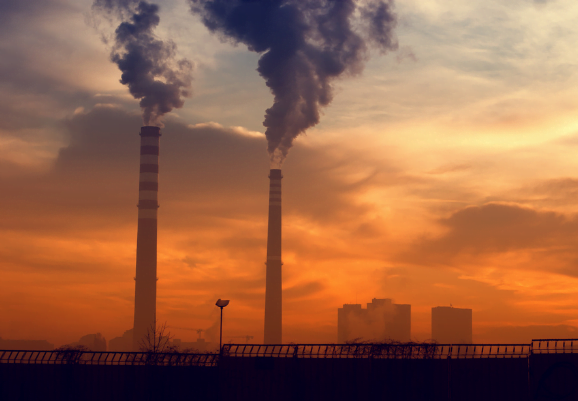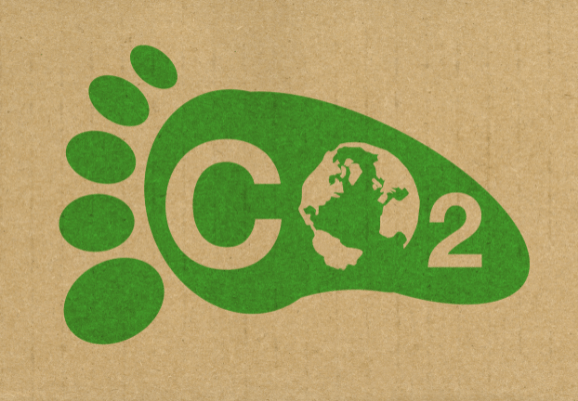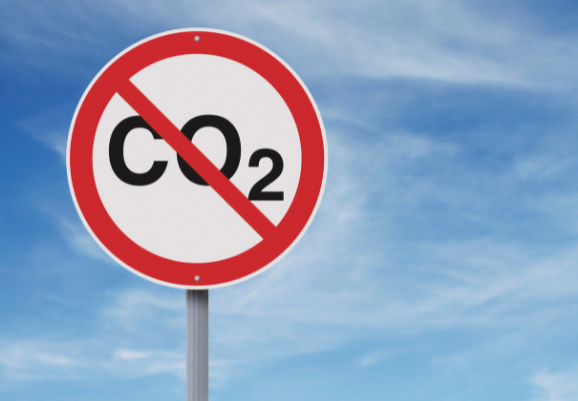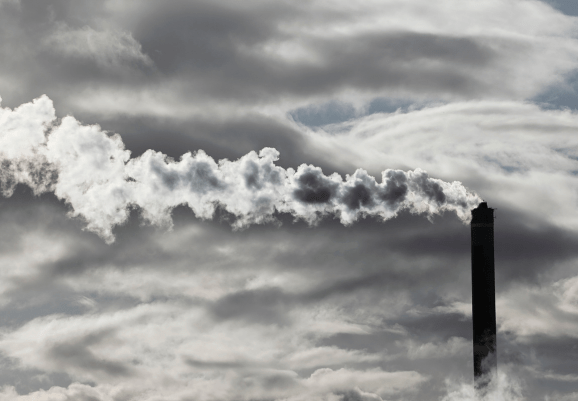A homeowner decides to make their house carbon-neutral. They place solar panels on the roof, which then connect o their mains circuit via a wire.
The wire can be modelled as leaving the solar panels at A = 2i + 3j + 4k, and connecting to the mains at the point B = -3i + j – 3k, with the distances measured in metres and both points measured relative to the same fixed origin.
a) Show that \(\overrightarrow{\text{AB}} = – 5\mathbf{i -}2\mathbf{j -}7\mathbf{k}\) and hence find the length of wire needed to 2 decimal places.
[2 marks]
In many homes powered by solar energy, when excess power is generated, it can be put onto the national grid, so that more renewables power the grid rather than fossil fuels.
The wire leading to the grid is on an automatic switch system M, which divides the wire \(\overrightarrow{\text{AB}}\) in the ratio 2:1.
b) Calculate the distance of the automatic switch system M from the origin.
[4 marks]
